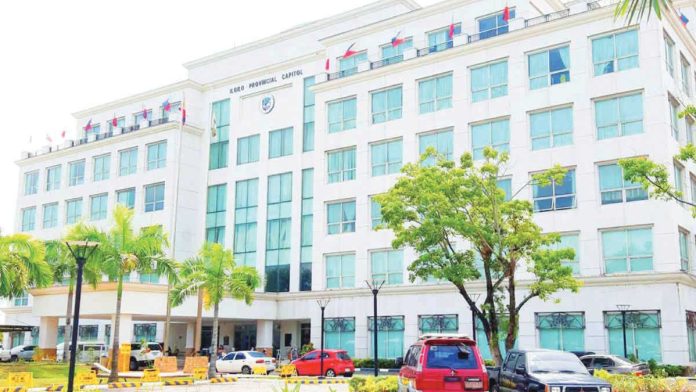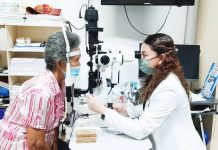
ILOILO – The Iloilo provincial capitol building has been declared structurally sound following a magnitude 5.2 earthquake that struck Sipalay City, Negros Occidental on Saturday morning, May 17, and was felt in several areas across Western Visayas.
Engineering teams dispatched by the provincial government reported no structural damage to the capitol building after a prompt assessment, according to the Provincial Disaster Risk Reduction and Management Office (PDRRMO).
The earthquake occurred at 8:33 a.m. and was felt at Intensity II in Iloilo City, Anini-y in Antique, and Argao in Cebu.
It registered Intensity I in Culasi and San Jose (Antique), Roxas City (Capiz), Nueva Valencia (Guimaras), Passi City (Iloilo), and La Carlota City (Negros Occidental).
Capitol personnel on duty over the weekend immediately carried out evacuation protocols, guided by the PDRRMO. They were safely escorted to designated assembly areas, and standard safety measures were implemented.
One individual who reported dizziness was given a medical assessment on site.
“We commend the swift action of our disaster response teams and the cooperation of capitol employees,” the PDRRMO said in a statement.
The agency attributed the effective response to continuous earthquake preparedness efforts. Capitol employees regularly participate in the Nationwide Simultaneous Earthquake Drills (NSED), including the most recent drill on March 13, which taught personnel the “Duck, Cover, and Hold” technique and other emergency procedures./PN





